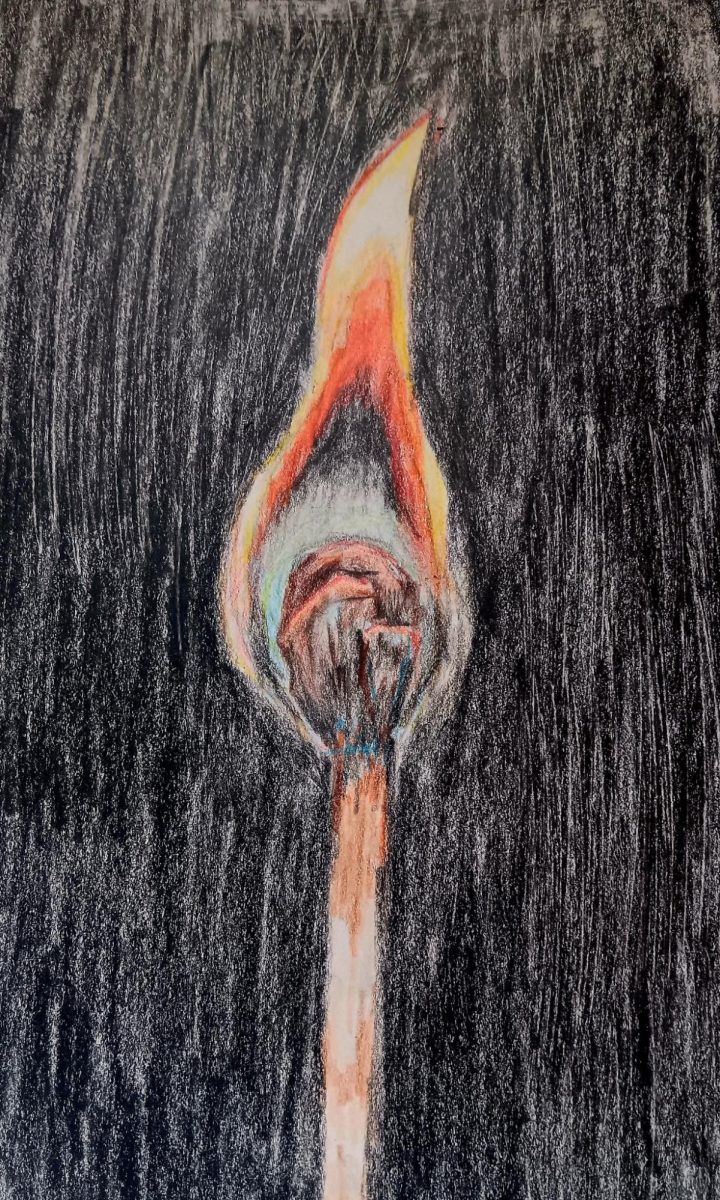The Wild History Behind St. Patrick’s Day
It may be hard to believe the man behind Saint Patrick’s Day was not even Irish! The holiday originated as a religious celebration in the 17th century to commemorate the life of Saint Patrick and the arrival of Christianity to Ireland. Also known as Feast Day, St. Patrick’s Day takes place on the anniversary of Saint Patrick’s death, who passed away in March of 461 AD.
Saint Patrick was the patron Saint of Ireland and the national apostle who lived during the fifth century. He was born in Great Britain and kidnapped by a group of Irish raiders who attacked his family’s estate. At the age of 16, he was brought to Ireland as a slave, where he lived for six years and looked after animals. He later escaped and returned to his family, at which point he began to believe he had been called on by God to “Christianize” Ireland.
Eventually, Saint Patrick came back to Ireland as a missionary and joined the Catholic Church. He studied for 15 years before being declared the Church’s second missionary to Ireland. Patrick began his mission to Ireland in 432, and by his death in 461, the island was almost entirely Christian.
To celebrate St. Patrick’s Day, there are parades, festivals, parties, and so much more. According to The History Channel, “The first recorded St. Patrick’s Day parade was held on March 17, 1601, in a Spanish colony in what is now St. Augustine, Florida. The festivities were organized a year earlier by the Spanish Colony’s Irish vicar, Ricardo Artur.” Since then, the holiday has spread in popularity, and parades are now held in many other American cities, including New York.
People also celebrate St. Patrick’s Day by enjoying a tasty meal, traditionally including corned beef, cabbage, Irish soda bread, beef and Guinness pie, roasted vegetables, potatoes, lamb stew, and ale for the adults.
Freshman Eric Reilly said, “I eat corned beef and cabbage on Saint Patrick’s day.” Freshman Olivia Palleschi stated, “At Nonna’s Sunday dinner, I devoured the Irish soda bread. I had it on the side with pasta since I’m Italian but still like to bring out my Irish side.”
Freshman Luciana Miata shared a similar experience: “My grandma usually makes corned beef and cabbage, but for the kids, we had spaghetti and homemade chicken parm. My aunt brought us festive drinks to make, and we decorated cupcakes.”
Music and dance are also popular ways of commemorating the holiday. Bagpipes and harps are played, and young girls and boys may Irish step dance. The girls wear colorful dresses and often wear wigs or have their hair curled. Boys in Irish step dancing competitions mostly wear solid–colored kilts.
Some famous Irish symbols that can be found surrounding the holiday include shamrocks, the color green, and leprechauns. Interestingly, shamrocks were used by Saint Patrick as a metaphor to explain the Christian Holy Trinity to the Irish during his missionary work. On top of this, St. Patrick’s Day was originally represented by shades of blue, but with the rising popularity of the shamrock symbol came an abundance of green. Perhaps the most loved symbols of St. Patrick’s day are the leprechauns – mischievous fairies who, when captured by a human, must grant three wishes to be freed.
After learning about the history of St. Patrick’s Day, one will be able to further appreciate the holiday. Whether people eat corned beef and cabbage, participate in Irish step dancing, or simply wear the color green, it is easy to celebrate the holiday and commemorate the beloved Saint Patrick.

Hi, my name is Katy Gottlieb, and I am a member of the Class of 2025. I currently serve as Online Editor-in-Chief and was an A&E section editor the...

















